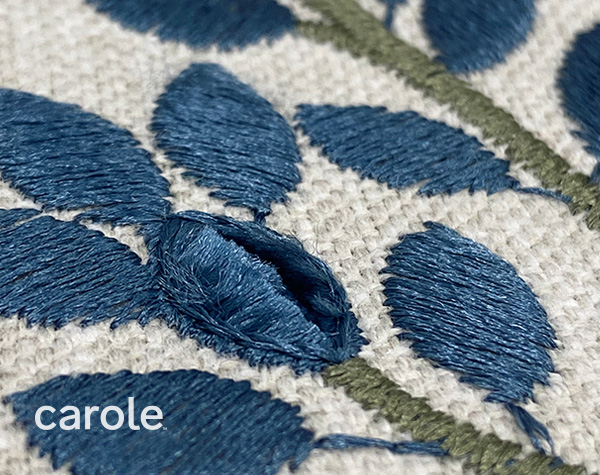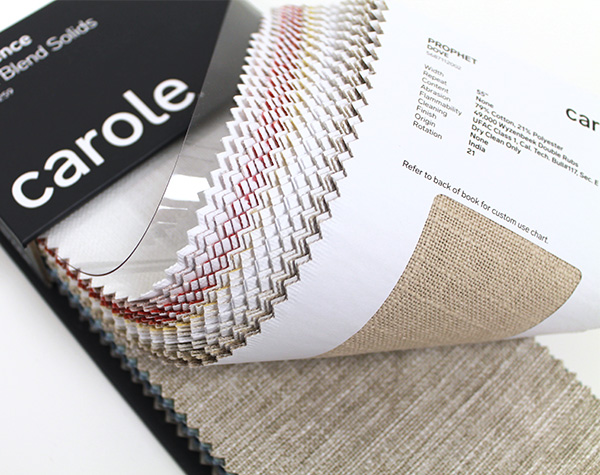
Using Flame Retardant Fabrics
November 22, 2021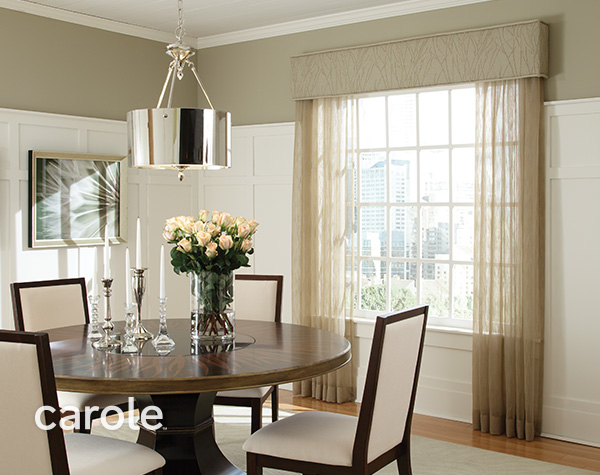
Traversing Drapery or Stationary Panels? How To Choose
May 13, 2022National Embroidery Month, recognized each year in February, is a time to celebrate embroiderers and the stunning needlework they create. At Carole Fabrics, admiring fabric details is one of our favorite things to do!
In honor of National Embroidery Month, let's take a deeper look at the craft.
Although embroidery has a long history dating back more than 2,000 years, the process is largely unchanged in terms of textiles. It is still the art of using a needle and thread or yarn to embellish the surface of a foundation material. The colors and textures of the stitches add beauty and communicate information.
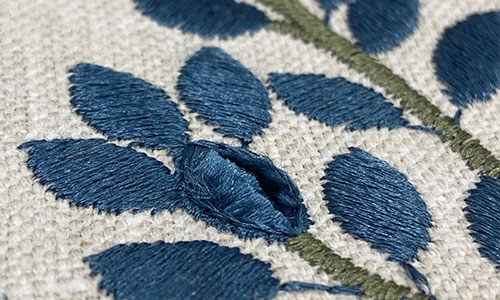
Feet Above Cadet
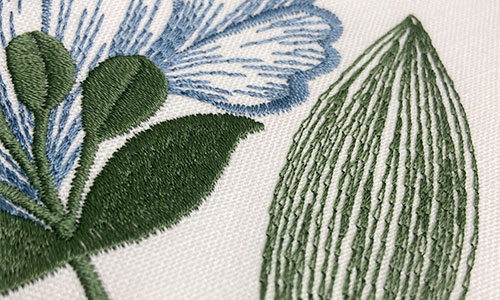
Allium Bloom Periwinkle
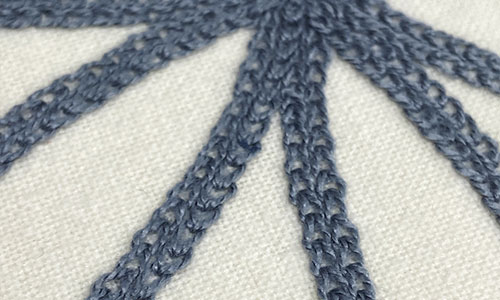
Get A Sense Horizon
Embroidery Techniques
Embroidery techniques can be difficult to define because one stitch, when applied in a different manner or with different materials, can create amazingly different results. In general, embroidery techniques can be grouped into three categories:
- Freestyle Embroidery: Also referred to as Surface Embroidery, freestyle stitches can be applied in any direction onto any weave construction.
- Counted Embroidery: These stitches are typically worked on an even-weave fabric, which has the same number of threads per inch (or your chosen unit of measure) running horizontally and vertically. The regularity of the fabric allows for uniform stitches that are placed by counting across a set number of threads.
- Needlepoint Embroidery: Needlepoint stitches are densely applied to fully hide the foundation fabric.
In fabric for use on window coverings, Freestyle Embroidery is the technique you'll see most frequently. Motifs ranging from meandering and whimsical to geometric and structured can be created on a wide variety of base cloth weaves without adding bulk.
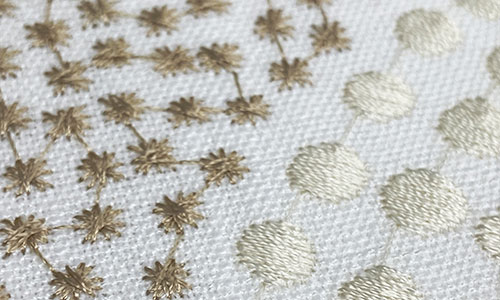
Positive Spin Linen
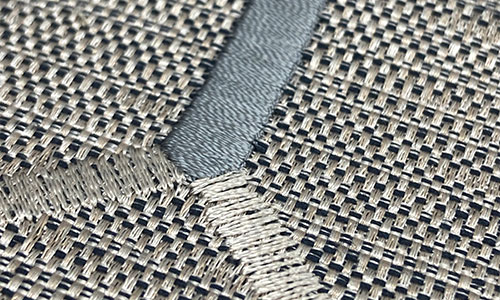
Forward Thinker Urban Grey
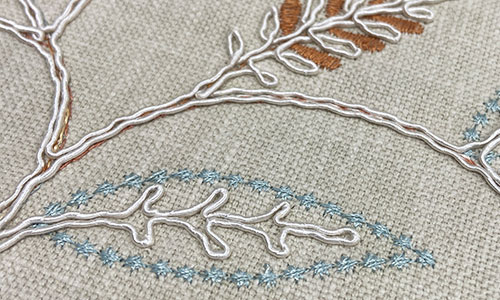
Clara Lane Meadow
Embroidery Stitches
While there are hundreds of embroidery stitches to choose from, the fundamental stitches can be narrowed down to single digits — the rest are variations in stitch length, spacing and direction. The core stitches that you'll see in our decorative fabric collections include:
- Running Stitch: The most basic of stitches, this is a series of small lines created by simply working the needle up and down through the fabric, typically at a regular distance.
- Satin Stitch: A closely aligned set of stitches that smoothly covers a portion of the background fabric.
- Chain Stitch: A sequence of looped stitches that create a chain‑like pattern.
- Fringe Stitch: Long strands or loops of stitches that are finished with a free end to add extra dimension and movement.
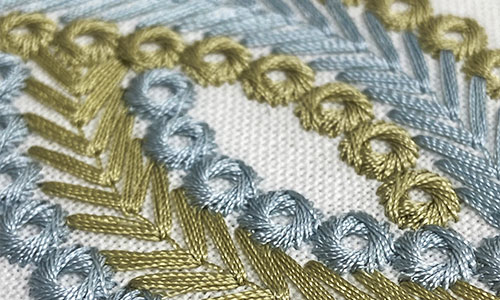
Distinctive Dynamic Caribbean
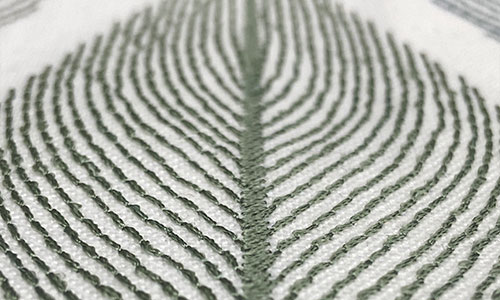
Leaf It Be Foam
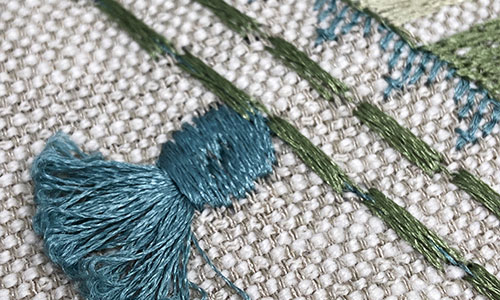
World Travels Greenery
Embroidery Materials
A wide variety of fiber types are used in embroidery, for both the ground and the ornamentation. Cotton, linen, silk, polyester and rayon are all frequently used in interior decor fabrics.
The properties of the fibers influence the overall look, as do the construction of the thread, yarn and fabric itself. The contrasts in smooth and fuzzy textures or tight and loose spinning and weaving are increased when combined with, for example, cotton versus silk.
Endless possibilities are created by the variations in reflected light and enhanced shadow mingled with the array of embroidery stitches and techniques. It's no surprise that this style of needlework is singled out each February.
Use #carolefabrics on social media to share with us your favorite embroidered fabrics. We can't wait to see them!

Christine Bagwell
Marketing Manager
Christine has been working in marketing and creating with textiles for more than 25 years, giving her a distinctive approach to the industry.

